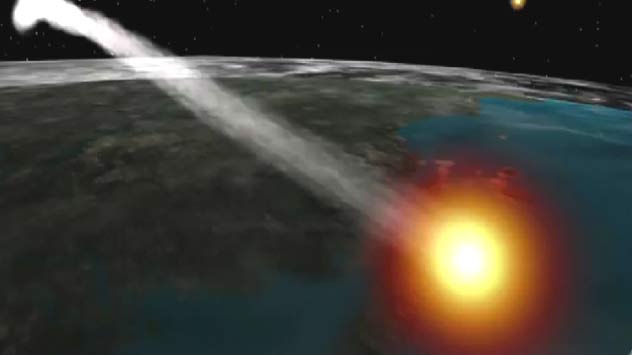Vote Now! 11 Biggest Spaceflight Stories of 2011
Satellites Fall from the Sky

The sky wasn't really falling in autumn 2011; it just seemed that way, with two defunct satellites plummeting to Earth out of control within a month of each other.
First came NASA's Upper Atmosphere Research Satellite, or UARS. This 6.5-ton climate satellite, which was about the size of a school bus, launched in 1991 and was decommissioned in 2005. UARS then spent six years spiraling slowly toward our planet, finally plunging into the atmosphere above the Pacific Ocean on Sept. 24.
Germany's 2.7-ton Roentgen Satellite, or ROSAT, followed closely on UARS' heels. This craft, which launched in 1990 to survey the heavens in X-rays and was shut down in 1999, fell back to Earth over the Indian Ocean on Oct. 23.
Neither uncontrolled satellite crash injured anyone. But the sky isn't done raining down huge pieces of space junk. Russia's failed Mars probe Phobos-Grunt will plummet to Earth by January 2012.
Join our Space Forums to keep talking space on the latest missions, night sky and more! And if you have a news tip, correction or comment, let us know at: community@space.com.
Get the Space.com Newsletter
Breaking space news, the latest updates on rocket launches, skywatching events and more!

Michael Wall is a Senior Space Writer with Space.com and joined the team in 2010. He primarily covers exoplanets, spaceflight and military space, but has been known to dabble in the space art beat. His book about the search for alien life, "Out There," was published on Nov. 13, 2018. Before becoming a science writer, Michael worked as a herpetologist and wildlife biologist. He has a Ph.D. in evolutionary biology from the University of Sydney, Australia, a bachelor's degree from the University of Arizona, and a graduate certificate in science writing from the University of California, Santa Cruz. To find out what his latest project is, you can follow Michael on Twitter.
